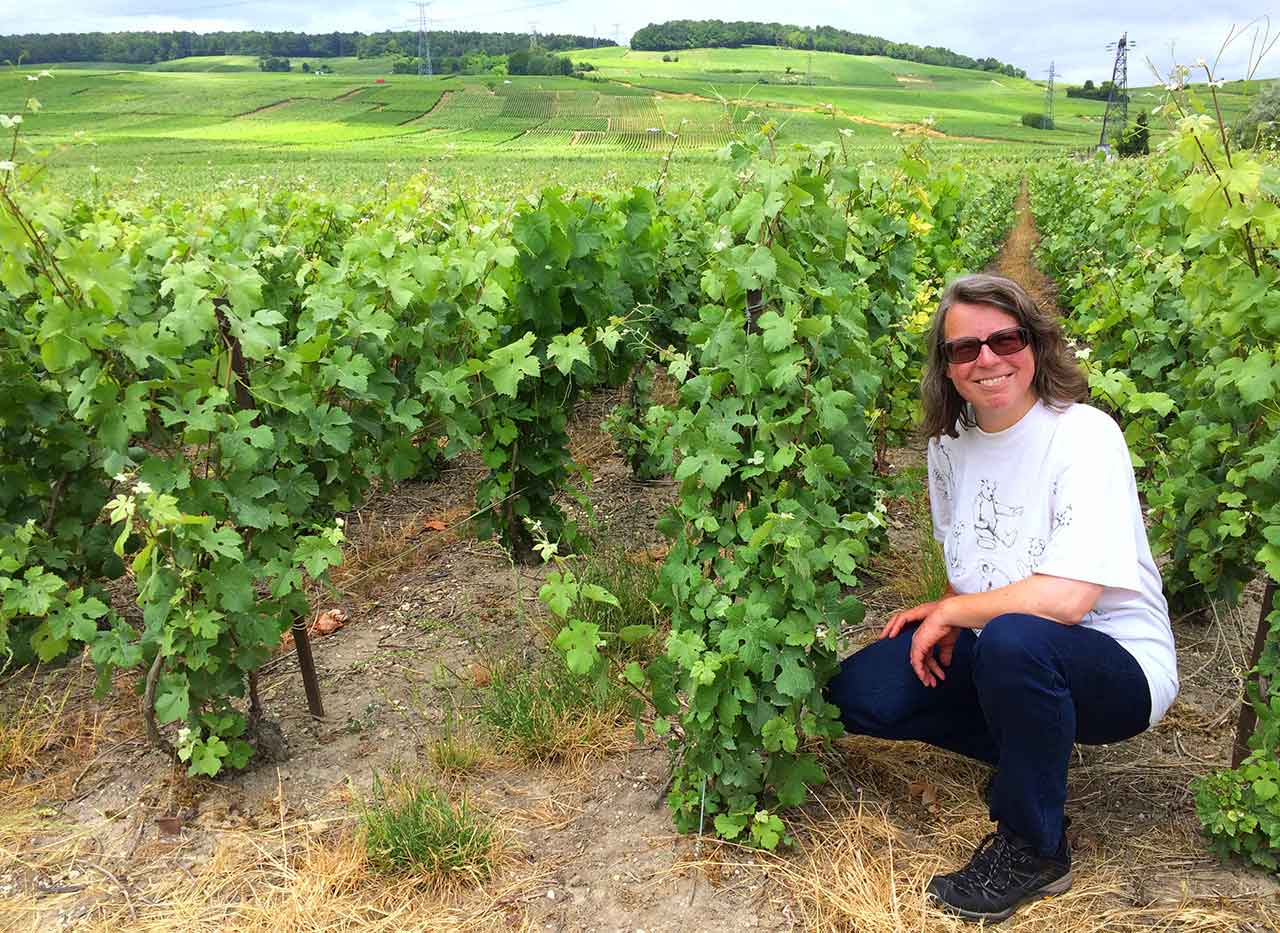Abboccato
Italian word for a medium-sweet wine, particularly Orvieto.
Abfüllung
German word meaning "bottled by". Erzeugerabfüllung means bottled by the producer.
ABV
Short for alcohol by volume. The amount of alcohol in the wine, expressed as a percentage of the total volume. Most wines are in the 11%-15% range. There are some low alcohol wines with ABV less than 1%, and fortified wines with ABV of 20% or more.
AC
Short for Agricultural Cooperative or the Portuguese Adeva Cooperativa, which means the same thing.
Acetic, Acescence
Acetic acid what gives vinegar its characteristic pungent smell. A wine which is said to be acetic or "showing ascescence" has a vinegary aroma and flavour.
Acidity
Acidity gives wines a sharp and fresh taste and balances out the flavours of tannins.
Adamado
Portuguese word for a medium-sweet wine.
Adega
Portuguese word for a wine cellar.
Adulteration
Adding something other than grapes to the fermentation to improve the end product. For example, adding sugar to allow wine to be made using under-ripe fruit.
Aeration
Mixing air into a wine shortly before serving. The oxygen in the air helps to bring out the flavours of the wine. See decanting.
Aftertaste
The lingering flavour of the wine after you've swallowed it, also known as the finish. Good wines generally have a persistent, pleasant aftertaste.
Aggressive
Said of a harsh, unbalanced wine with dominant acidity or tannins.
Ah-So
A cork-removing tool with two prongs which are inserted either side of the cork. The tool and cork are then turned and pulled until the cork is removed. Useful for old corks which may break up if a corkscrew is used.
Alcohol
The alcohol in wine gives it body and richness, and enhances the flavours. Wines with less alcohol are lighter and can seem weedy and insubstantial. Wines with a lot of alcohol can seem overpowering. Alcohols are a whole family of chemicals, but the drinkable one is ethyl alcohol or ethanol, which also has uses as a solvent and a fuel additive.
Aldehydes
Aldehydes are formed by the oxidation of alcohols. At low concentrations aldehydes can give wines fruity flavours, but at higher concentrations those flavours become nutty and strawy. Aldehydes help to give Fino sherry its distinctive character.
Allier
Area of central France near Lyon where Troncais oak is grown. This tight-grained wood makes some of the best wine barrels.
Almacenista
Spanish word for a sherry producer which sells its part-finished product to other sherry houses for blending.
Alsace
Wine producing region on the border between France and Germany, with influences from both. Best known for its Riesling.
Alte Reben
German for "old vines".
Amabile
Italian word for a medium-sweet wine.
Amarone
Amarone della Valpolicella is an Italian red wine made from grapes which are picked and then partially dried before fermentation, giving the wine a rich character and high level of alcohol.
American Viticultural Area (AVA)
A defined grape-growing area in the USA which has distinct geographic or climatic conditions. There are around 250 AVAs, more than half of them in California.
Amontillado
A type of sherry, darker and richer than Fino but lighter than Oloroso. Named after the Montilla region in southern Spain where the style was developed.
Ampelography
The study of grapevines.
Anbaugebiet
German word for a major wine region.
Angular
Said of wines which have sharp, acidic flavours.
Annata
Italian word for a vintage.
Anosmia
Loss of ability to smell.
Anthocyanins
Anthocyanins are the chemical compounds which produce red, purple and blue colours in fruit. The greatest concentration is found in the skins of grapes and (in most grapes) hardly any in the flesh.
AOC
Short for Appellation d'Origine Contrôlée, a now-defunct French system of certifying wine origin.
AOP
Short for Appellation d'Origine Protégée (AOP), the system of certifying wine and food origin which replaced AOC in 2012.
AP
Short for Amtliche Prüfungsnummer, German for official inspection number. Displayed on a wine label to show the wine has passed official quality control checks.
Aperitif
A wine (or other drink) served before a meal.
Appellation
A French wine region. Also used as shorthand for Appellation d’Origine Contrôlée – see below – and other regional wine classifications.
Appellation d’Origine Contrôlée (AOC)
A French system of certification of a product's origin. An AOC wine was certified as being produced in the region claimed. Replaced by Appellation d'Origin Protégée (AOP).
Appellation d'Origine Protégée (AOP)
New French system of certifying a product's origin, which replaced AOC in 2012.
Armagnac
Type of brandy produced in the Armagnac region in southern France.
Aroma/aromatic
Aromas are the components of the wine's smell, also known as its bouquet or nose. An aromatic wine has lots of aromas.
Assemblage
A French term for blending wines together before bottling, as opposed to combining grapes from different sources before fermentation.
Astringent
An astringent wine makes your mouth feel dry, possibly chalky. Astringency is caused by tannins.
Aszú
Hungarian grapes affected by noble rot, added to a conventional base wine to make Tokaji Aszú wine.
Attack
Attack is the initial taste of the wine.
Ausbruch
Austrian term for the Hungarian Aszú method of winemaking using grapes affected by noble rot.
Auslese
German word meaning "select harvest". Indicates wines made from very ripe grapes.
Austere
Austere wines are dry, harsh and unbalanced, with excessive acidity or tannin.
AVA
Short for American Viticultural Area, a defined grape-growing area in the USA which has distinct geographic or climatic conditions.
Azienda agricola
Italian winery that makes wine only from its own grapes.
Azienda vinicola
Italian winery that makes wine from both its own grapes and bought-in grapes.






